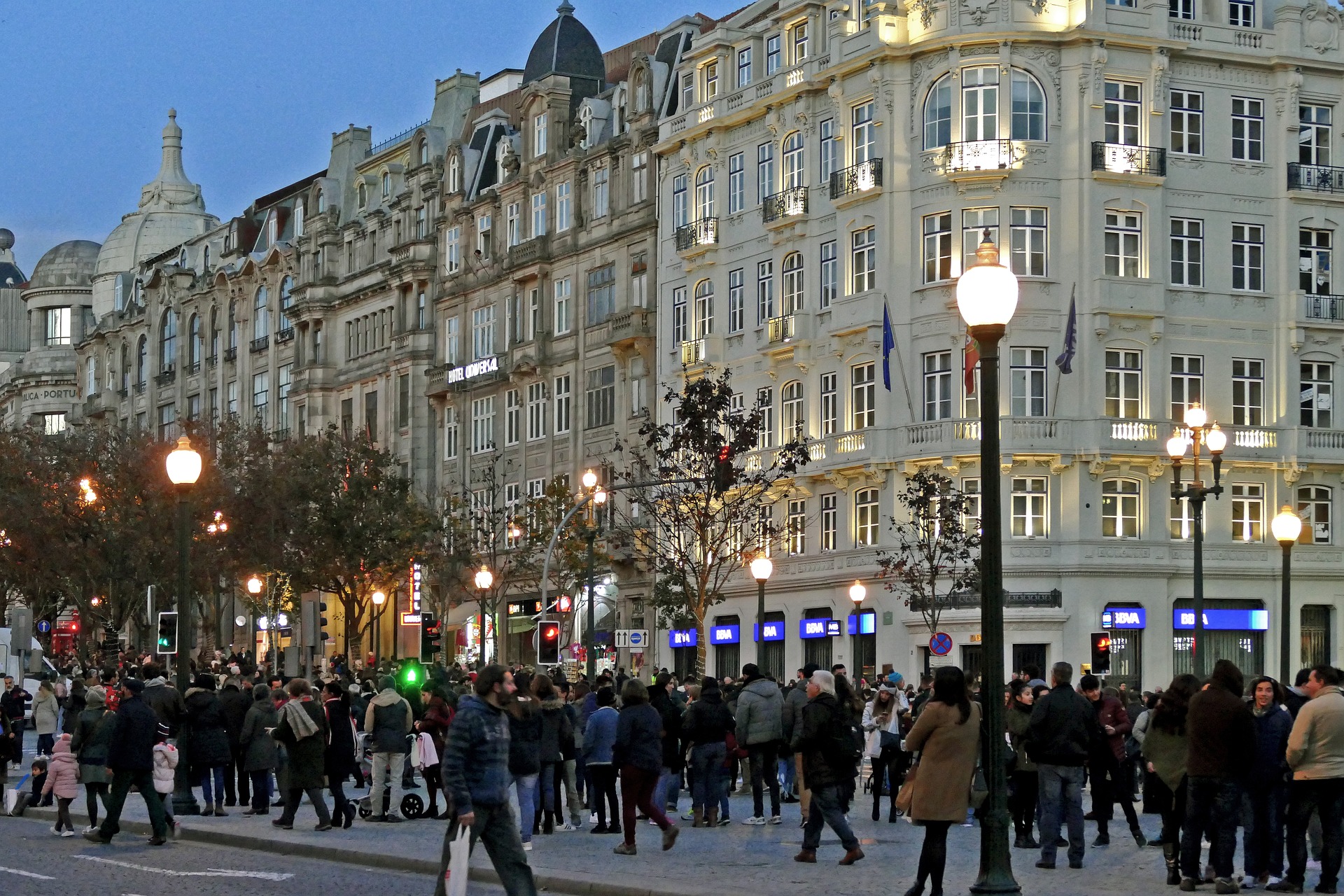La Française: European real estate market had a healthy rebound in 2021

By Virginie Wallut, Director of Real Estate Research and Sustainable Investment, La Française Real Estate Managers
The European real estate market rebounded strongly in 2021, with year-end figures closer to pre-crisis levels. Two asset classes clearly stand apart: office real estate, especially in France and Germany, and logistics, with investment volumes progressing significantly.
Despite an acceleration at the end of the year and €11 billion euros in investments in Q4, the French real estate investment market is still lagging by 8% compared to 2020; the main reason being that investors have become more selective. Investors and tenants alike favor next-generation, centrally located, flexible, serviced and energy-efficient assets. This trend is going to intensify the polarization of the real estate market, and we should expect higher vacancies in suburban locations.
Another trend is observed. Investors are looking to diversify their real estate portfolios through investment in defensive property segments such as residential, managed housing (student and senior) and centrally located healthcare facilities. However, given the structural imbalance between demand and supply, they are confronted with a limited stock.
European Real Estate Investment Market, liftoff
The volume of commercial real estate investment in Europe increased by 19%, reaching €256 billion in 2021. Office real estate, namely in France and Germany, is the big winner with €111 billion in investment volume. Logistics account for 24% of investments in 2021 and for the first time, follow closely behind office real estate in the UK. Alternative segments, including healthcare, managed residential etc. suffered from the lack of supply.
Interesting to note that investment volumes across European countries are widely heterogeneous. The UK and Swedish markets register significant increases whereas France and Belgium are lagging relative to 2020 volumes. Foreign capital, namely US, continues to feed the European market and represents 50% of invested capital in 2021.
Yield compression for prime assets
Against the backdrop of favorable financing conditions and low risk-free interest rates, real estate maintained its status as a safe haven investment. Prime yields tightened in 2021 given the supply shortage and high tenant demand for centrally located office assets. Prime office yields are below 3% in Paris and German A-cities and are between 3 and 3.5% in Amsterdam, London, Madrid and Brussels.
In the aftermath of Brexit, prime yields in the UK remain higher than other European capitals. However, stronger than expected economic recovery and renewed investor interest could translate into a market correction. New energy performance standards and centrality requirements are putting upward pressure on the yields of obsolete and energy inefficient assets, particularly in urban peripheries.
Take-up focused on “next generation”, centrally located & sustainable assets
Despite the widespread development of homeworking, the effects of which should be partially compensated by economic recovery and a healthy job market, take-up rebounded strongly in 2021. Demand is namely supported by the technologies, industry, life-sciences and energy sectors.
Overall, 2021 office market take-up* rose by 31% in 2021, still 20% short of 2019 take-up. Tenants continue to favor centrally located, next-generation assets as evidenced by the 42% increase in take-up. The conversion of obsolete office buildings into residential properties has contributed to controlling stock, which though high, remains inferior to previous crisis period levels. Most of the stock revolves around secondary assets which no longer correspond to centrality, technical or sustainability standards.
Beware of vacancy rates, submarkets can behave differently
Average vacancy rates mask significant discrepancies between primary and secondary markets. In Frankfurt for example, the average vacancy rate is 8.6% in 2021, whereas the vacancy rate is only 6% in central locations and as high as 15% in certain submarkets.
Prime rents across Europe increased in 2021. Strong demand for quality assets put further pressure on rents and indirectly contributed to accelerating the polarization of the office market. Given low vacancy rates in German cities, upward rent revisions are to be expected. Alternatively, Madrid and Milan saw its renal values drop in 2021 due to excessive supply.
Incentives have increased across all European markets, both at the time of signing new leases and when negotiating the renewal or extension of existing leases. The gap between headline and economic rental values is widening.
Sources: CBRE, La Française REM Research
*take-up in the 12 main European cities: Brussels, Lille, Lyon, Paris, Berlin, Frankfurt, Hamburg, Munich, Dublin, Milan, Amsterdam, Madrid









